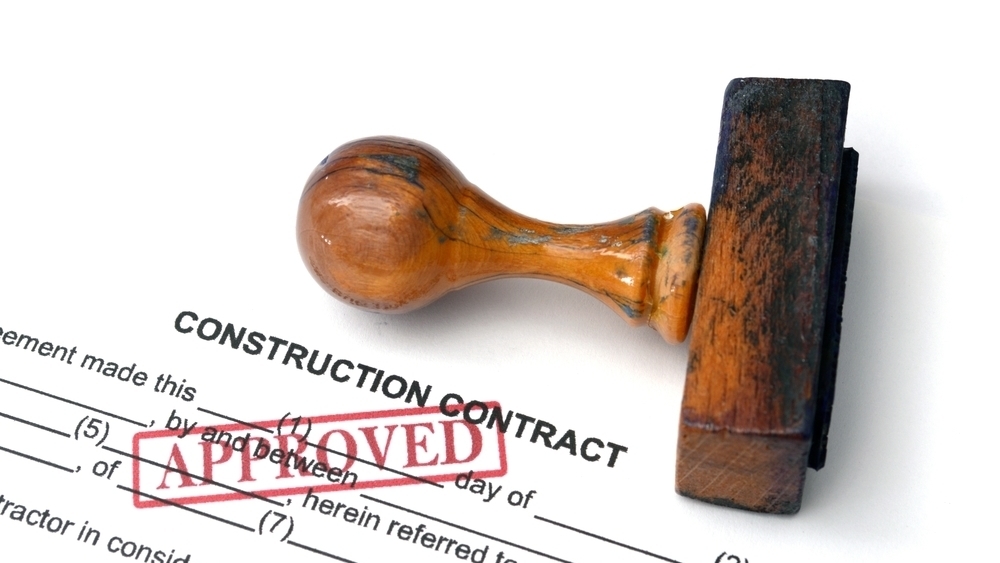
When planning to build a custom home, buyers have their choice of two types of construction loans. The traditional type involves two closings, one for the construction phase and one for the permanent mortgage. The newer, more popular version is the so-called one-time close, also called a construction-to-permanent loan. Here’s how they differ.
Getting started. With any construction loan, the lender will want a construction plan, including an expected schedule for each phase. Once you have loan approval, the homeowners will request portions of the money at the completion of each phase. This “draw schedule” is mapped out during the loan-approval process, then implemented throughout construction.
Construction loans are a greater risk for lenders since the collateral for the loan, the house, doesn’t exist at the start of the process, although they only disperse as much as is needed for each completed phase. Expect to put 20 percent down.
The traditional closing. With this type of loan, homeowners make interest-only payments on the portion of the loan that has been paid out. Each draw increases that interest payment. At the end of construction, when the lender is satisfied that the house has been completed as planned and all subcontractors paid, you have a second closing at which time the construction loan is essentially refinanced into a permanent mortgage.
One of the pros to this type of loan is its flexibility. If you encounter cost overruns, you can add to the loan amount along the way. Rates are often lower than loans that are permanent from the start. There are significant drawbacks, however. Two closings mean double the closing costs. Second, if interest rates rise while you are in the construction phase, your permanent loan could be higher than anticipated. And finally, if you for some reason can’t get approved for the permanent mortgage, you could face foreclosure.
One-time close loans. The construction-to-permanent loan has become very popular. It combines the construction financing and permanent mortgage into one. The draw payment for each phase of the building process works the same, but the entire loan process is done at the start. These loans work best if you are reasonably certain of the construction costs and expect no surprise increases along the way. Homeowners save money with only one closing. However, if you encounter unexpected costs, an outside loan might be necessary. A final point to consider is the interest rate, which might be higher than the combined rates on the traditional two-step process.



Leave a Reply